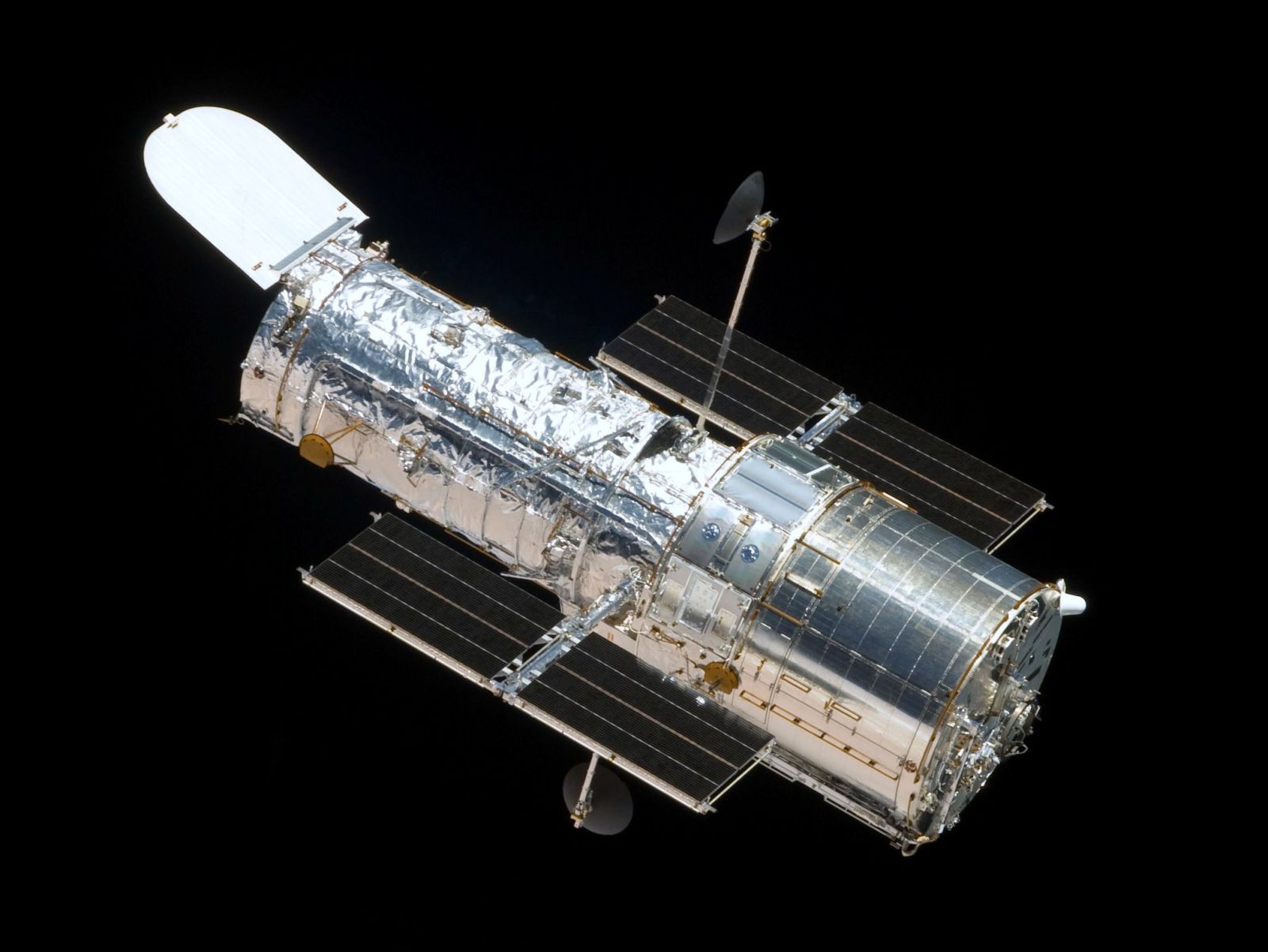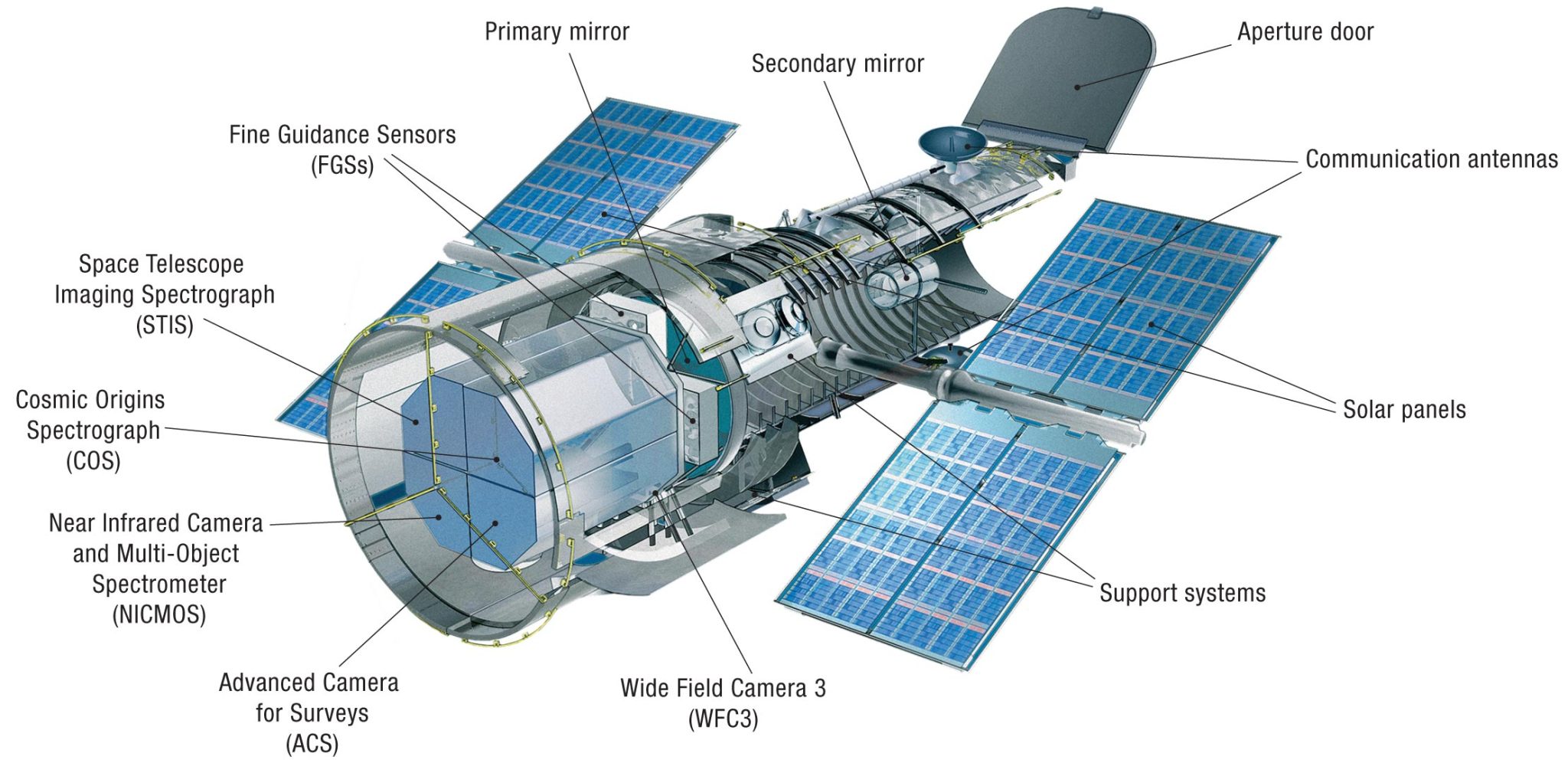Follow us on Google News (click on ☆)

The Hubble Space Telescope was launched by the space shuttle Discovery on April 24, 1990. Avoiding atmospheric distortions, Hubble has a clear view of planets, stars, and galaxies, some located over 13.4 billion light-years away.
Credit: NASA
NASA recently announced its intention to switch Hubble to a one-gyroscope mode after a series of tests. Currently in safe mode since May 24, this transition aims to address recurring issues with one of the telescope's gyroscopes, ensuring that the majority of scientific observations remain intact.
Hubble's gyroscopes are essential for orienting the telescope. Of the six gyroscopes installed, three are still active, but one of them is increasingly providing erroneous data, causing the telescope to enter safe mode repeatedly. Although teams have managed to temporarily reset this gyroscope, the problem persists.
To stabilize scientific operations, NASA will put Hubble into a one-gyroscope mode, a configuration that has long been considered. This mode, successfully tested in 2008, allows the telescope to continue its observations with reduced but acceptable efficiency. The switch to this mode involves adjustments to the spacecraft's configuration and ground systems.
This new configuration will result in minor limitations. Hubble will take longer to lock onto a scientific target and will have less flexibility in its observations. Additionally, it will not be able to track moving objects closer than Mars (141,600,000 miles), but these targets are rare.

Cutaway diagram of the Hubble Space Telescope.
Credit: NASA's Goddard Space Flight Center, ESA
The transition is expected to be completed by mid-June, allowing Hubble to resume its scientific operations. Despite these challenges, Hubble will continue to make cosmic discoveries alongside other observatories like the James Webb Space Telescope and the upcoming Nancy Grace Roman Space Telescope, further extending its mission beyond its initially planned lifetime.